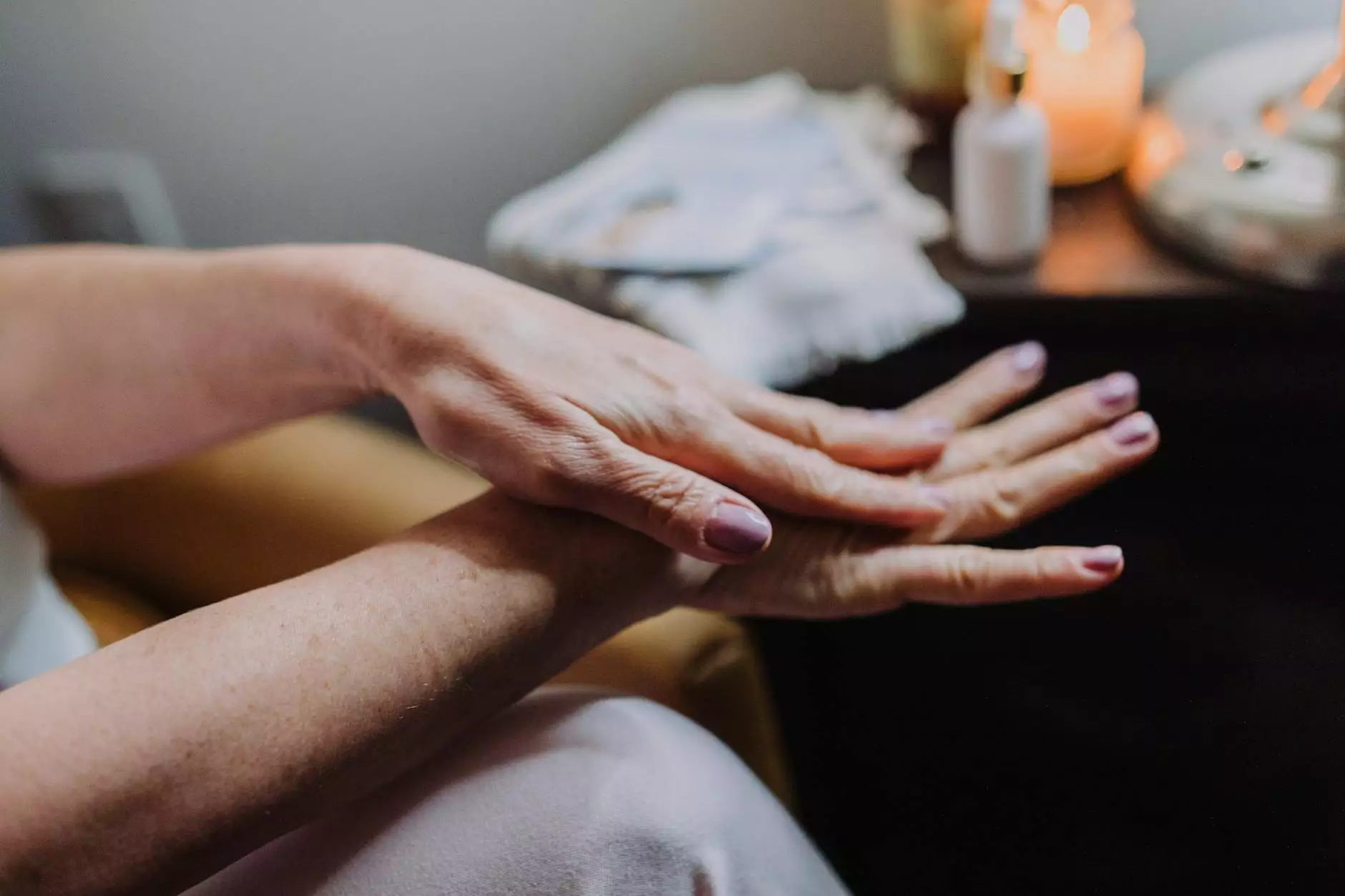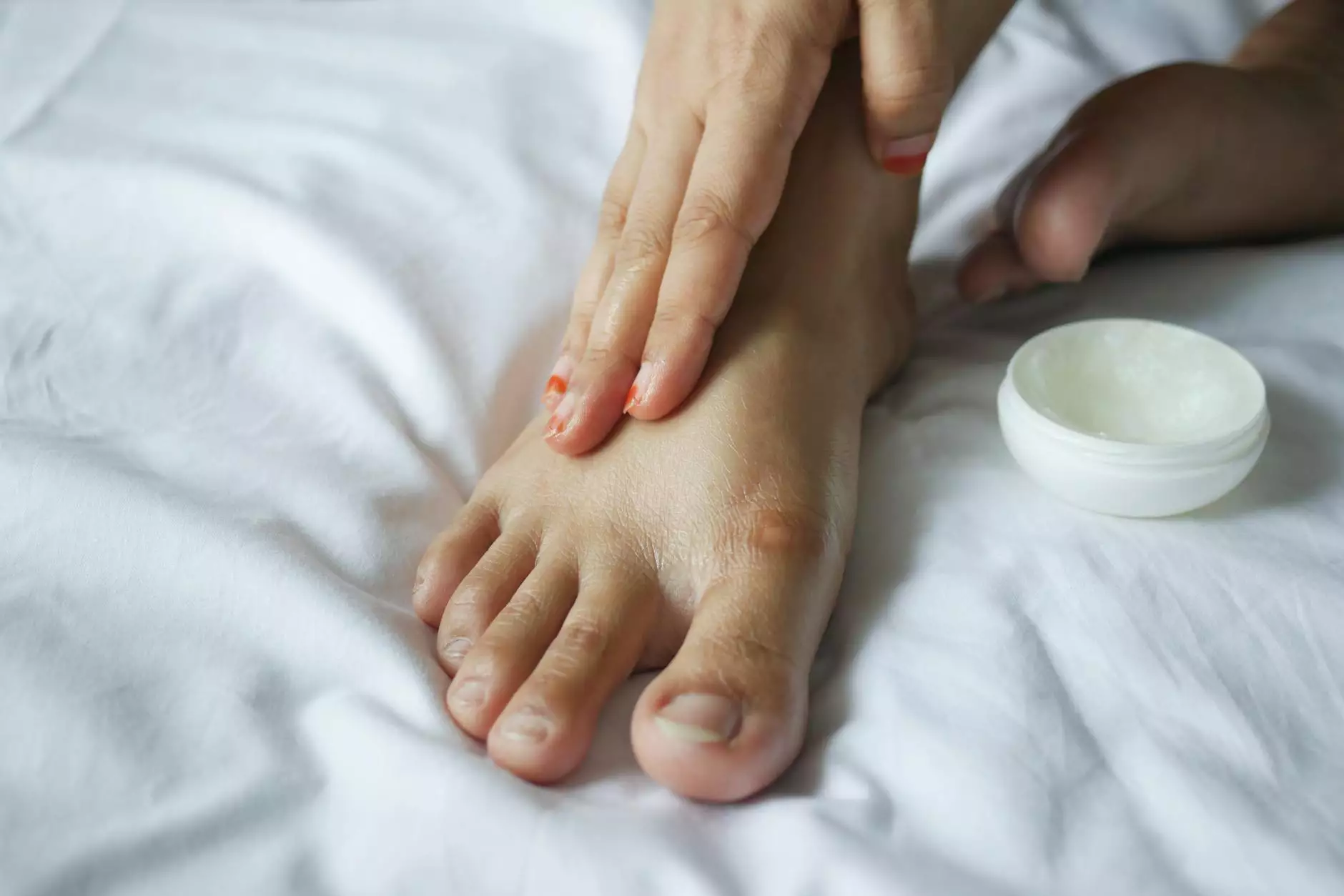Is My Rash Ringworm or Something Else?

If you've noticed a rash on your skin, you may be wondering if it's ringworm or something else entirely. The Enchanted Bath is here to provide you with all the information you need to understand and identify your rash. Our comprehensive guide will help you determine if your symptoms indicate ringworm or another skin condition.
Understanding Ringworm
Ringworm, despite its name, is not caused by worms. It is a common fungal infection that affects the skin. The medical term for ringworm is dermatophytosis. This condition is highly contagious and can spread easily through direct contact with an infected person or animal, contaminated objects, or even soil.
The characteristic symptoms of ringworm include a red, itchy rash with a distinct ring-like shape. The affected area often appears scaly, with raised borders and a clear center. However, not all ringworm infections present with the typical circular pattern, making it important to seek medical advice to confirm the diagnosis.
Is It Really Ringworm?
While ringworm is a common skin condition, there are several other conditions that can cause similar symptoms. It's always best to consult a healthcare professional to get an accurate diagnosis. Here are a few skin conditions that share similar symptoms with ringworm:
- Eczema: A chronic inflammatory skin condition characterized by dry, itchy patches on the skin.
- Psoriasis: A chronic autoimmune condition that causes the rapid buildup of skin cells, resulting in red, scaly patches.
- Tinea Versicolor: A fungal infection that causes discolored patches on the skin.
- Scabies: A highly contagious skin infestation caused by microscopic mites, leading to intense itchiness and small, raised bumps.
- Contact Dermatitis: An allergic reaction to certain substances or irritants that come into contact with the skin.
It is important to note that self-diagnosing can often lead to incorrect conclusions and delayed treatment. If you suspect you may have ringworm or any other skin condition, consult with a healthcare professional for an accurate diagnosis and appropriate treatment plan.
Identifying Ringworm
There are several indicators that can help identify whether your rash is indeed ringworm:
- Appearance: As mentioned earlier, ringworm often presents with raised, ring-shaped edges and a clear center. The rash may be accompanied by itching, redness, and scaling.
- Location: Ringworm can occur on various parts of the body, including the scalp, feet (known as athlete's foot), groin area (jock itch), and body (tinea corporis). The specific location can sometimes provide clues.
- Spreading: If the rash starts as a single spot and gradually expands outward, it may be an indication of ringworm.
- Contact with Infected Individuals: If you've recently been in contact with someone who has been diagnosed with ringworm, the likelihood of you also contracting the infection is higher.
While these indicators may suggest ringworm, a definitive diagnosis can only be made by a medical professional. They may perform a physical examination, collect skin samples for lab testing, or employ other diagnostic procedures to confirm the presence of a fungal infection.
Treatment Options
If your rash is indeed ringworm, there are several treatment options available. The most common treatment approach involves the use of antifungal medications in the form of topical creams, lotions, or oral medications, depending on the severity of the infection. It's crucial to follow the prescribed treatment plan and complete the entire course of medication to ensure complete resolution of the infection and prevent recurrence.
In addition to medication, there are various self-care measures you can take to manage ringworm and promote healing. These include:
- Keep the Affected Area Clean and Dry: Thoroughly cleanse the rash with gentle soap and water, ensuring the area is completely dry afterward.
- Avoid Sharing Personal Items: To prevent spreading the infection, it's essential to avoid sharing towels, clothing, or other personal items with others.
- Wash Bedding and Clothing: Regularly wash and dry any bedding, clothing, or fabrics that have come into contact with the affected area.
- Wear Loose-Fitting Clothes: Opt for loose, breathable clothing to minimize friction and sweating, which can exacerbate the rash.
- Avoid Scratching: Although it can be tempting, scratching the rash can lead to further irritation, delayed healing, and potential spread of the infection.
Remember, it's essential to consult with a healthcare professional to receive an accurate diagnosis and personalized treatment plan for your specific condition.
Beyond Ringworm
If your rash does not fit the typical appearance of ringworm or if your symptoms persist despite appropriate treatment, there may be an underlying cause that needs further investigation. The Enchanted Bath recommends seeking medical advice to ensure your condition is properly diagnosed and treated.
At The Enchanted Bath, we prioritize your health and wellbeing. Our team of experts strives to provide accurate and reliable information to help you make informed decisions about your skin health. We understand the distress that rashes can cause and aim to guide you in the right direction.
Remember, while our guide may help you understand whether your rash is ringworm or something else, it is always recommended to consult with a healthcare professional for an accurate diagnosis and appropriate treatment.
Conclusion
In conclusion, identifying whether your rash is ringworm or something else requires thorough evaluation by a medical professional. The Enchanted Bath aims to empower you with knowledge and provide you with comprehensive information to aid in your decision-making process. If you suspect you have ringworm or any other skin condition, seek guidance from a healthcare expert for the most accurate diagnosis and effective treatment.









